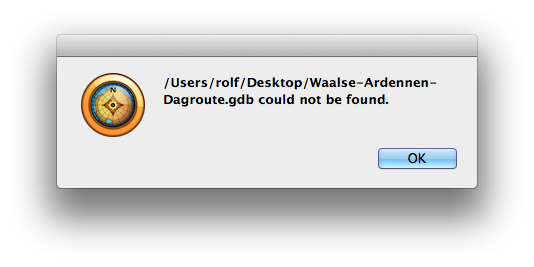 Suppose you have a Java Server application, and some of the runtime binaries in that application are external to your application. Generated image files, compiled Silverlight components in your pages, or resource files which are managed by an external team.
Suppose you have a Java Server application, and some of the runtime binaries in that application are external to your application. Generated image files, compiled Silverlight components in your pages, or resource files which are managed by an external team.
Much like the jar files used by your application, these external binaries can be seen as dependencies, with versions. This blogpost assumes your project is built with Maven 2, because the real world isn’t always a greenfield project.
Because Maven is designed around jar file dependencies, and a lot of it’s internal decisions are based on file extensions, it looks like this problem can not be tackled with Maven. But there is a way to do this. It will decouple your sub-projects and make version and dependency management much better.


 Have you ever started a shell script which takes a while and you keep monitoring that window because you really need those results? If you are working on a Mac, you can use the Mac’s power of speech to tell you a command is finished. Here’s how:
Have you ever started a shell script which takes a while and you keep monitoring that window because you really need those results? If you are working on a Mac, you can use the Mac’s power of speech to tell you a command is finished. Here’s how:


 Want to save a single email from gmail to disk, in a readable format for Outlook, Thunderbird or Apple Mail? Here’s how:
Want to save a single email from gmail to disk, in a readable format for Outlook, Thunderbird or Apple Mail? Here’s how: